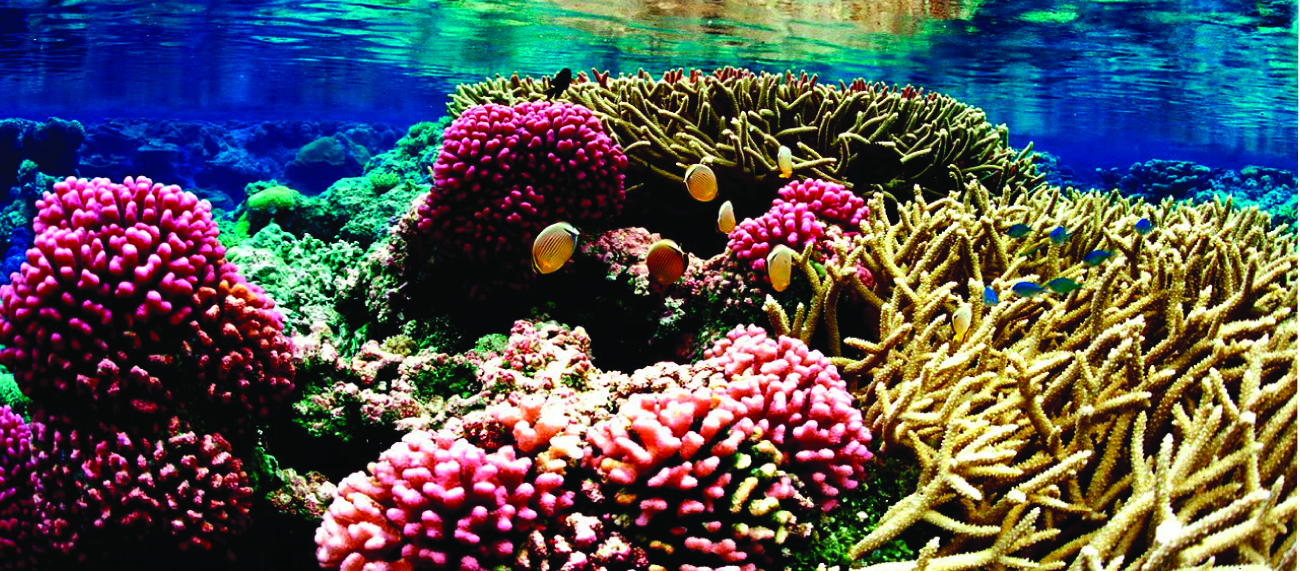Chapter 14: Solutions
Enhanced Introductory College Chemistry
by Gregory Anderson; Caryn Fahey; Jackie MacDonald; Adrienne Richards; Samantha Sullivan Sauer; J.R. van Haarlem; and David Wegman;
Chapter Contents
- 14.1 Solutions: An introduction
- 14.2 Solubility
- 14.3 Molarity
- 14.4 Other Units for Solution Concentrations
- 14.5 Colligative Properties and Osmosis
- 14.6 Colloids
- Summary
- Review
Except where otherwise noted, this OER is licensed under CC BY 4.0
Please visit the web version of Enhanced Introductory College Chemistry to access the complete book, interactive activities and ancillary resources.
In this chapter, you will learn about
- What a solution is, how they form, their molecular properties, and how they can either absorb or produce heat
- The effects that temperature and pressure have on solubility
- Solution concentration calculations using the molarity equation, dilution calculations using the dilution equation, and the concentration units of mass percentage, volume percentage, mass-volume percentage, parts-per-million (ppm), and parts-per-billion (ppb)
- The effect of solute concentration on various solution properties such as vapour pressure, boiling point, freezing point, and osmotic pressure
- The process of distillation and its practical applications
- The process of osmosis and how it is applied industrially and in nature
- The composition and properties of colloidal dispersions, and applications of colloids
To better support your learning, you should be familiar with the following concepts before starting this chapter:
- Mathematical measurements, uncertainty, accuracy, and precision
- The periodic table, molecular formulas, and the difference between elements and compounds
- Nomenclature of molecular and ionic compounds, and acids
- The concept of the mole, molecular mass, and Avogadro’s number
- Writing and balancing chemical equations
- Stoichiometry

Coral reefs are home to about 25% of all marine species. They are being threatened by climate change, oceanic acidification, and water pollution, all of which change the composition of the solution we know as seawater. Dissolved oxygen in seawater is critical for sea creatures, but as the oceans warm, oxygen becomes less soluble. As the concentration of carbon dioxide in the atmosphere increases, the concentration of carbon dioxide in the oceans increases, contributing to oceanic acidification. Coral reefs are particularly sensitive to the acidification of the ocean, since the exoskeletons of the coral polyps are soluble in acidic solutions. Humans contribute to the changing of seawater composition by allowing agricultural runoff and other forms of pollution to affect our oceans.
Solutions are crucial to the processes that sustain life and to many other processes involving chemical reactions. In this chapter, we will consider the nature of solutions, and examine factors that determine whether a solution will form and what properties it may have. In addition, we will discuss colloids—systems that resemble solutions but consist of dispersions of particles somewhat larger than ordinary molecules or ions.

